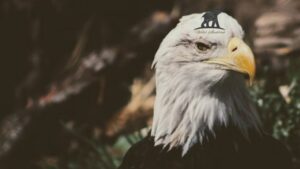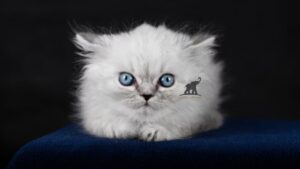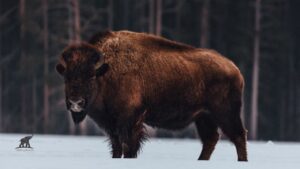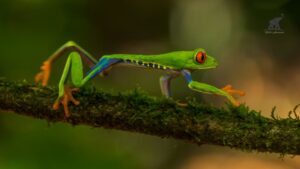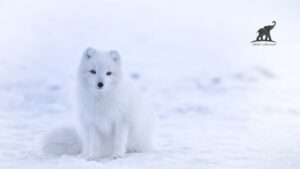Have you ever wondered about the life of a baby porcupine? These fascinating little creatures are far more complex and adorable than you might imagine. Forget the myth of them shooting quills; the reality of a young porcupine is a story of surprising softness, rapid growth, and incredible adaptation.
This guide will take you deep into the world of the baby porcupine. We will explore everything from their unique name to how they are born and raised. You will learn some truly amazing facts about these spiky, yet endearing, animals.
Quick Facts: The Baby Porcupine (Porcupette)
| Feature | Description |
| Scientific Genus | Porcupette |
| Birth Weight | Erethizon (New World), Hystrix (Old World) |
| Birth Length | Approx. 1 pound (450 grams) |
| Litter Size | About 10 inches long |
| Quills at Birth? | Typically one; very rarely two |
| Weaning Age | Yes, but soft and flexible |
| Time with Mother | Around 3 months |
| Up to 6 months |
What is a Baby Porcupine Called?
Let’s start with the most common question: what do you call a baby porcupine? The official and utterly charming name for a baby porcupine is a “porcupette.” It’s a fitting name for such a small and spiky infant. While you might hear them informally called pups or babies, porcupette is the correct term used by wildlife experts and enthusiasts.
It’s a delightful piece of trivia that perfectly captures the unique nature of this animal. The name itself brings a smile to your face, doesn’t it? A porcupette is one of nature’s most interesting young ones.
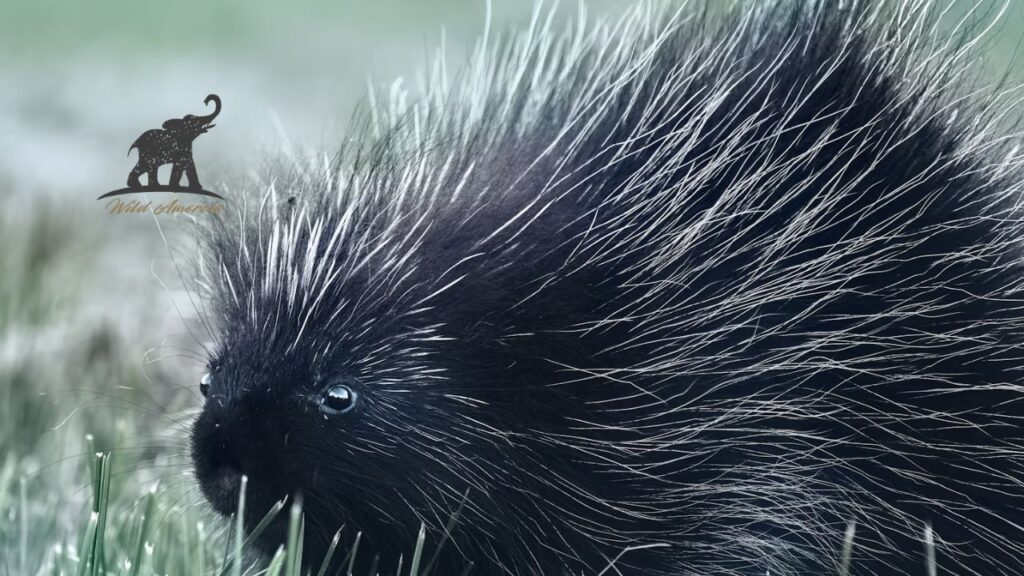
The Birth and Early Life of a Porcupette
The arrival of a baby porcupine into the world is a remarkable event, shaped by unique biological needs. Porcupines have a surprisingly long gestation period for a rodent, lasting about seven months.
How Are Porcupettes Born?
You might be picturing a very painful birth, but nature has a clever solution. A mother porcupine gives birth to her porcupette headfirst. This is crucial because the quills, while present, are not what you’d expect.
When a baby porcupine is born, its quills are soft, moist, and flexible. They are pressed down flat against its body, making the birthing process safe for the mother. It’s an incredible adaptation that protects both mother and child. Within just a few hours of birth, these soft quills begin to dry and harden, transforming into the sharp, defensive spikes the animal is known for. So, yes, a baby porcupine is born with quills, but they are harmless at first.
A newborn baby porcupine is surprisingly advanced. Its eyes are open, and its teeth are already developed. Within its first day, a porcupette is able to walk, albeit a bit unsteadily. This precocial state helps the young animal survive in the wild from the very beginning.
How Many Babies Do Porcupines Have?
Unlike many other rodents that have large litters, porcupines usually give birth to just one baby porcupine at a time. Twins are extremely rare. This single-offspring strategy allows the mother to invest all her energy and resources into raising one healthy, strong porcupette.
The focus on a single baby porcupine ensures it gets the full attention and protection it needs during its most vulnerable months.
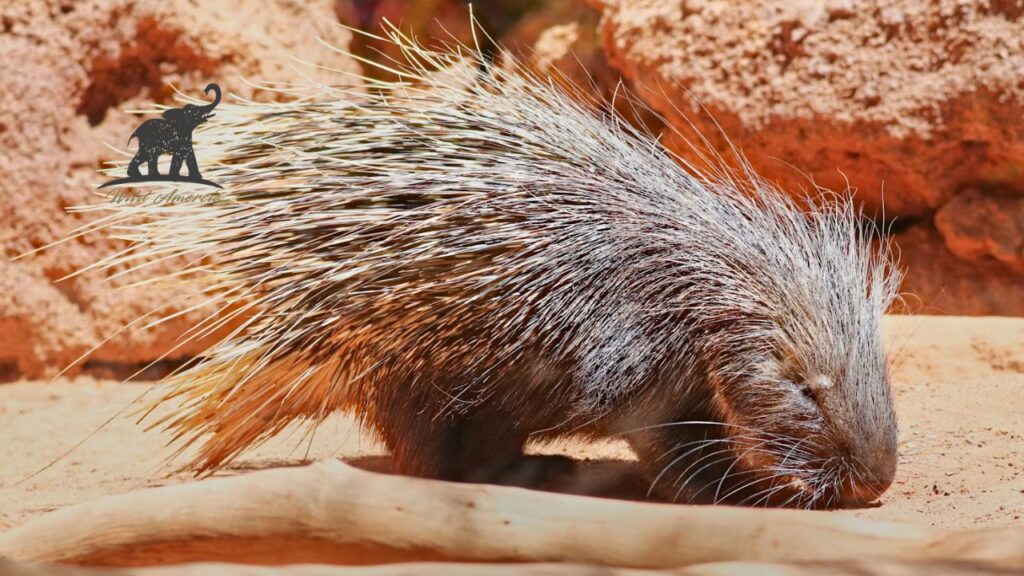
A Porcupette’s First Few Months
The first few months are a period of rapid learning and growth for a porcupette. The mother is a dedicated parent, guiding her young one through the challenges of the wild.
What Do Baby Porcupines Eat?
For the first few weeks, a baby porcupine relies entirely on its mother’s rich milk. It nurses frequently, gaining strength and weight. As it grows, the mother gradually introduces it to the adult porcupine diet.
Around a few weeks of age, the porcupette will start to nibble on tender plants, leaves, and twigs. Porcupines are herbivores, and the young one learns what to eat by observing its mother. They have a particular fondness for the cambium layer of trees, which is the soft tissue just under the bark. This diet is what helps them thrive in their woodland habitats. The transition from milk to solid food is a critical milestone for every baby porcupine.
Do Male Porcupines Help?
Porcupine parenting is largely a solo mission for the female. After mating, the male porcupine typically does not stay involved in raising the young. The mother porcupine is responsible for everything: feeding, protecting, and teaching her baby porcupine the skills needed for survival.
She is a vigilant guardian, keeping her porcupette safe from predators like fishers, coyotes, and great horned owls. Her own sharp quills are the ultimate defense mecanismo for her and her offspring.
The Quills: A Porcupette’s Signature Feature
The most iconic feature of any porcupine is its quills, and this is true even for a baby porcupine. As mentioned, the quills harden shortly after birth, becoming the animal’s primary defense.
How Many Quills Does a Baby Porcupine Have?
An adult porcupine can have up to 30,000 quills, and a baby porcupine is born with its full set, albeit smaller. These quills are not just for show; they are modified hairs coated with thick plates of keratin. Each quill has a sharp tip and an overlapping barb that makes it difficult to remove once embedded in a predator’s skin.
Can a Baby Porcupine Shoot Its Quills?
This is one of the biggest myths about porcupines. No porcupine, adult or baby, can shoot its quills. The quills are loosely attached to the skin and detach easily upon contact. When a baby porcupine feels threatened, it will turn its back to the danger, raise its quills, and swish its tail. If a predator touches it, the quills will embed themselves in the attacker.
Watching a young baby porcupine practice this defensive posture is both adorable and a serious reminder of its capabilities. It’s an instinctual behavior that keeps it safe from a very young age.
Can You Keep a Baby Porcupine as a Pet?
The idea of a pet porcupette might sound cute, but it is not a good idea. Porcupines are wild animals with very specific needs that cannot be met in a domestic environment.
In most places, it is illegal to keep a native wild animal like a North American porcupine as a pet. These animals require specialized diets and a lot of space to roam and climb. Furthermore, even a baby porcupine has quills that can cause serious injury, even accidentally. A scared or startled porcupette will instinctively use its quills to defend itself.
If you ever find an abandoned or injured baby porcupine, the best course of action is to contact a licensed wildlife rehabilitator. They have the training and resources to care for the animal properly and, hopefully, return it to the wild. A baby porcupine deserves a life in its natural habitat.
The Road to Independence
A porcupette grows up ruolo quickly. It learns to climb trees shortly after birth, a crucial skill for finding food and escaping danger. The bond with its mother is strong, but temporary.
When Do Porcupettes Leave Their Mother?
A baby porcupine will stay with its mother for about five to six months. During this time, it learns all the essential survival skills: where to find the best food, how to identify predators, and how to use its quills effectively.
By the time autumn arrives, the young porcupine is fully weaned and ready to face the world on its own. It will venture off to find its own territory, beginning its solitary adult life. The solitary nature of porcupines is one of their defining characteristics, and this journey begins when the baby porcupine leaves its mother’s side.
Frequently Asked Questions (FAQs)
What is the proper name for a baby porcupine?
The correct term for a baby porcupine is a “porcupette.” It’s a unique name for a unique animal.
Are porcupettes born with sharp quills?
No. A baby porcupine is born with quills, but they are soft, wet, and flexible. They harden within a few hours, becoming the sharp defensive tools the animal is known for.
How big is a newborn baby porcupine?
A newborn porcupette weighs about one pound and is roughly ten inches long. They are surprisingly large and well-developed at birth.
Do porcupettes stay with their parents?
A baby porcupine stays with its mother for about six months. The father does not participate in raising the young. The mother teaches the porcupette everything it needs to know before it becomes independent.
Is it true that a baby porcupine can’t shoot its quills?
That’s correct. No porcupine can shoot its quills. The quills detach on contact when the porcupine swipes its tail or a predator touches it. This is a common misconception about this animal.
What should I do if I find a baby porcupine alone?
If you find a lone baby porcupine, it’s best to observe from a distance. The mother is likely nearby foraging for food. If the porcupette appears injured or you are certain it’s been abandoned, contact a local wildlife rescue organization for guidance. Do not attempt to handle it.
Admin Recommendation
Cottonmouth Snakes in North Carolina (NC): Key Facts
The Fascinating World of Arctic Fox Fur



